About the detection method of fabric flame retardancy
Flame-retardant fabrics are processed with special production techniques to effectively prevent the spread of flames. Textiles after flame-retardant finishing will not burn when exposed to a fire source. Instead, they reduce the flammability of the fabric in flames, slow down the spread of flames, and prevent the flames from spreading. It forms a large area of combustion; and after leaving the flame, it can quickly self-extinguish and no longer burn or smolder. Has good durable washing properties.
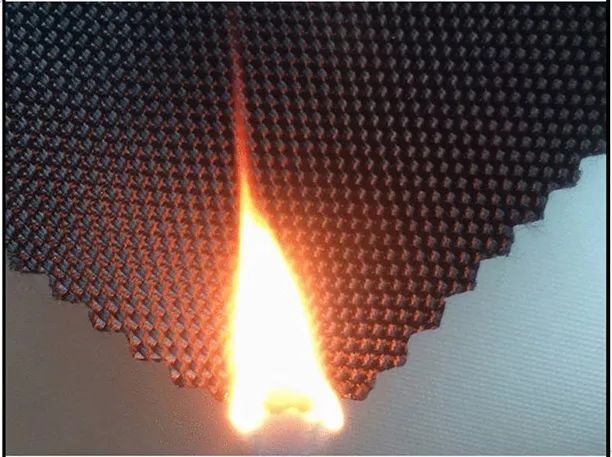
01
Test Methods
vertical method
This test method stipulates that the sample is placed vertically (the length direction of the sample is perpendicular to the horizontal line), the combustion source ignites the sample below the sample, and the minimum ignition time, afterburning time, flame retardant time, and flame spread of the sample are tested. Indicators related to flame retardant performance include speed, carbonization length (damage length), carbonization area (damage area), etc. The vertical burning method is mainly used for flame retardant testing of clothing textiles, curtains and other fabrics.
Common vertical test standards:
GB/T 5455 Textile combustion performance test
GB/T 8745 Textile combustion properties – Determination of fabric surface burning time
CA TB117 California fire retardant test
16 CFR 1615/1616 Flammability Standard for Children’s Pajamas
ZY6014I-VB Textile vertical combustion tester
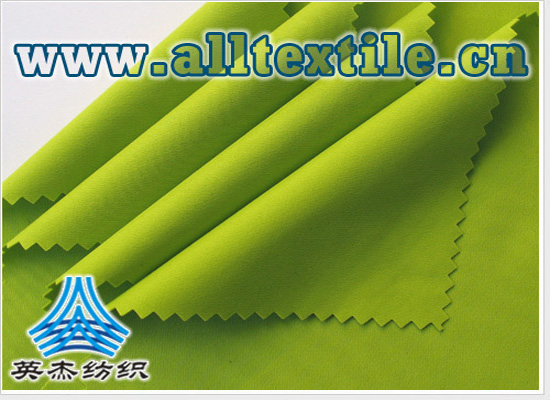
1. Scope of application:
1.1 It is suitable for the determination of the combustion performance of various types of fabrics and products when ignited at the bottom edge in the vertical direction.
1.2 Use the flame generated by the specified igniter to ignite the center of the bottom edge of the vertical sample. After the specified ignition time, measure the afterburning time, ignition time and damage length of the sample.
2. Comply with standards:
2.1 Comply with GB/T5455-2014 “Textile combustion performance – Determination of vertical damage length, smoldering and afterburning time”.
45°tilt method
This test method stipulates that the sample is placed at an angle of 45° (the length direction of the sample is at an angle of 45° to the horizontal). The combustion source ignites the sample on the upper or lower surface below the sample, and the distance the sample burns upward is measured. The required time, or measuring the afterburning of the sample after burning, flame retardant time, flame spread speed, charring length, charring area, or measuring the number of times the sample needs to be contacted with the flame at a certain distance from the lower end of the sample, etc. are related to the flame retardant performance. instructions. The 45° tilt method is mainly used for flame retardant testing of carpets and other fabrics.
Common tilt method test standards:
GB/T 14645 Textile fabric combustion performance: Determination of damage area and number of flame encounters in 45° direction
ASTM D 1230 Test Method for Flammability of Clothing Textiles
NFPA 702 California flame retardant standard for hospital clothing and bedding fabrics
BIFMA Standard for Testing of Interior Decorative Materials
ZY6014I-45° Textile 45° Combustion Performance Tester
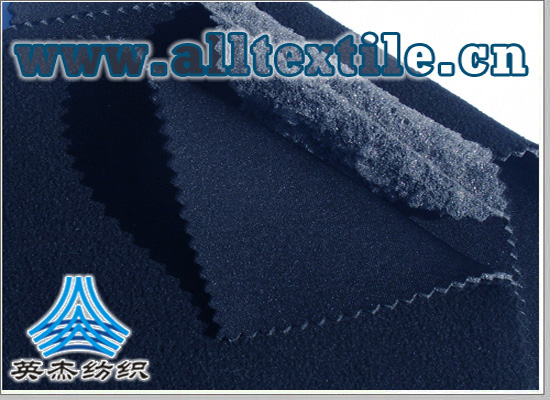
1. Scope of application:
Method A is applicable to all types of fabrics and their products; Method B is applicable to the measurement of damaged area and length of heated and melted yarns and fabrics at 45°.
2. Comply with standards:
Complies with GB/T14645-2014 “Textile Fabric Combustion Performance Determination of Damage Area and Number of Contacts in 45° Direction”.
horizontal method
This test method stipulates that the sample is placed horizontally, ignited at the head end of the sample, the distance the flame spreads on the sample and the time it takes to spread this distance are measured, the burning rate is calculated, and the burning rate is used to characterize the flame retardancy of the fabric. The horizontal method is mainly used for flame retardant testing of automotive interior decoration materials.
Common proficiency test standards:
FZ/T 01028 Level method for determination of combustion properties of textile fabrics
GB 8410 Combustion characteristics of automotive interior materials
FMVSS302 (USA) Combustion Properties of Interior Decorative Materials for Federal Transportation Vehicles
IEC 60695-11-10 Fire hazard test Part 11-10: Test method for 50W horizontal and vertical flames
ZY6014I-HB Textile Horizontal Burning Rate Tester
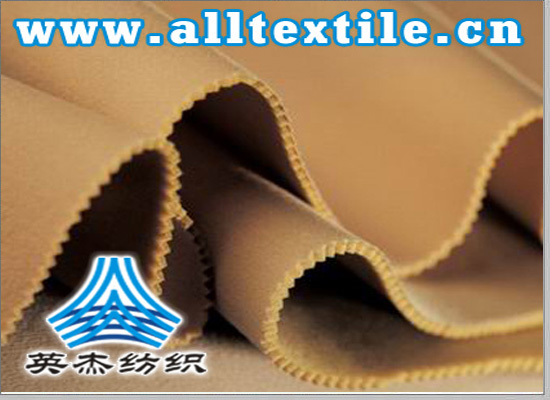
1. Scope of application
It is suitable for all kinds of fabrics and products. The bottom edge ignition is used to measure the combustion performance of horizontal fabrics.
Under specified conditions, ignite the center of the bottom edge of a horizontally placed sample. After a certain ignition time, measure the flame spread distance and flame spread time of the sample, and calculate the burning rate.
2. Comply with standards
It complies with the test standard of FZ/T 01028-2014 “Textiles – Combustion Properties – Determination of Horizontal Burning Rate”.
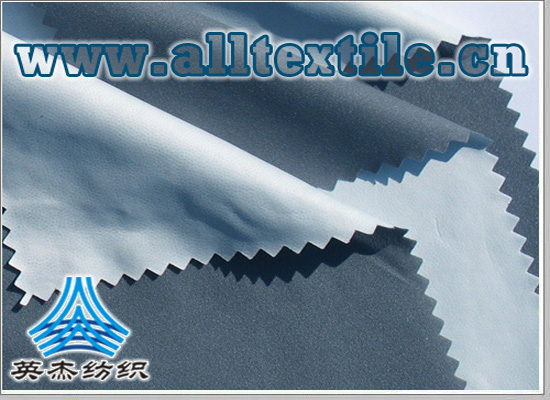
Zhongnuo has always been on the road of pursuing high-quality and high-quality products. As the company continues to grow and develop, with the dedicated research and development efforts of engineers, the company has created more advanced and higher-quality products.
High-quality and good products have always been the goal pursued by us Zhongnuo people. With more than 20 years of brand commitment and quality assurance, Zhongnuo brand quality inspection instruments—you deserve it!







